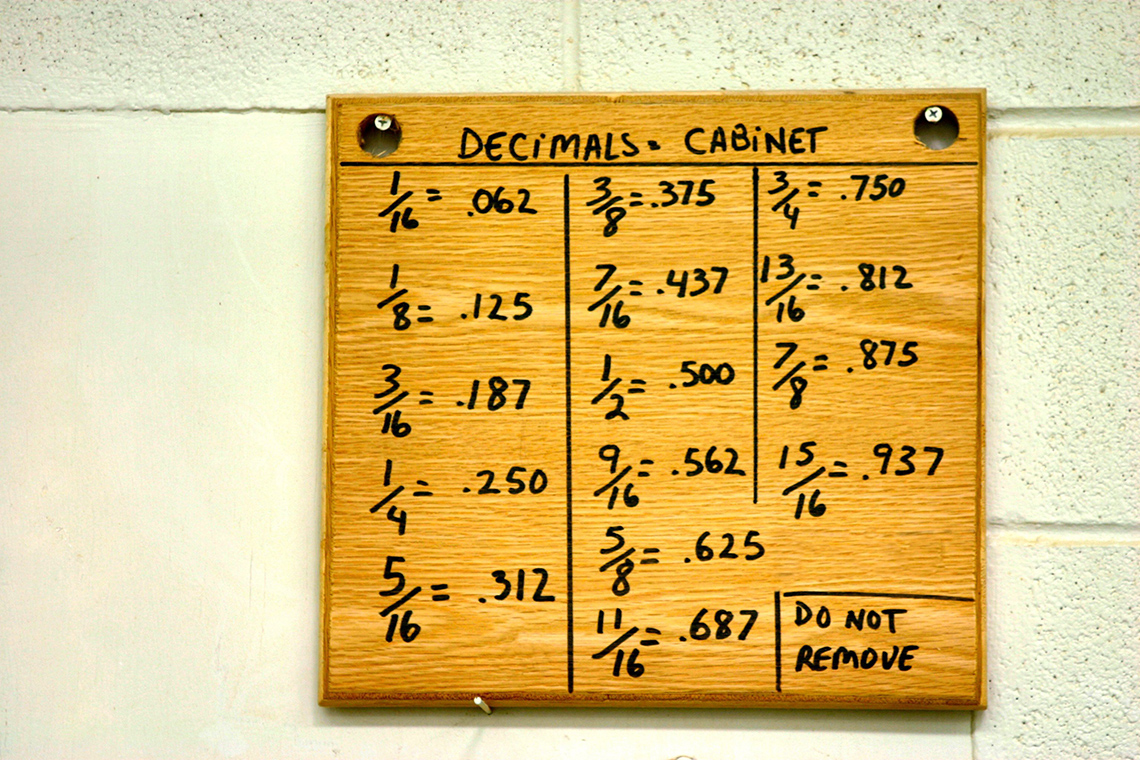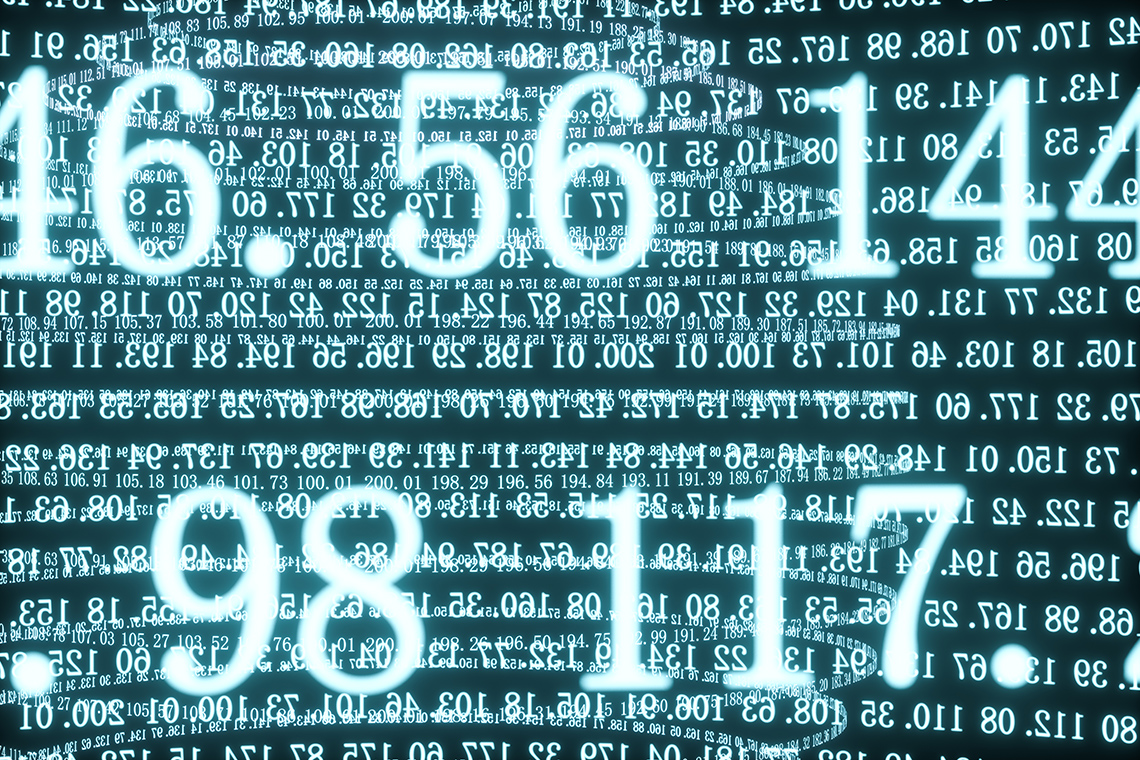Minds On
Fractions, decimals, and percent
For each situation described, state whether it would be most appropriate to use a fraction, decimal, or percent. Explain why you made your choice.

| Scenario 1 | Adam was marking a math assignment for their class. They noticed that roughly 15/25 of the class got the first question wrong, so they decided to review that question tomorrow. |
|---|---|
| Scenario 2 | Anna ate 75% of the pizza. |
| Scenario 3 | “There is a 0.1 chance that what I am saying is true” |
| Scenario 4 | “Don’t worry, we are almost 0.5 of the way there!” |
| Scenario 5 | The cookies needed to be split 5 equal ways. So, 20% of the cookies went to each person. |
Our understanding of a situation can depend on whether we decide to use decimals, fractions, or percent. Sometimes, it is easier to process the information as a percent. Other times, a decimal number is more appropriate. Fractions are also a valid way of sharing numbers.
When do we use fractions, decimals, or percent?
Use a triple Venn diagram, an audio recording, paper, or an organizer of your choosing to brainstorm a list of real-life examples where a fraction, decimal, or percent would be most appropriate.
Here is an example of a Venn diagram that could be used.

How do we convert between them?
If you would like, you can complete this activity using TVO Mathify. You can also use your notebook or the following fillable and printable document.
Consider the following diagram:
-
Which directions (to convert) between fractions – decimals – percent do you already know?
- Construct examples and convert between them with knowledge you already have.
- List possible directions where you are unclear of the process. This can be for specific, more challenging examples too.
Whether you feel confident in all the directions, just a few, or none, we are going to go over each one and practice increasingly complex conversions.
If you would like, you can complete this activity using TVO Mathify. You can also use your notebook or the following fillable and printable document.
Press the ‘TVO Mathify' button to access this interactive whiteboard and the ‘Activity’ button for your note-taking document. You will need a TVO Mathify login to access this resource.
TVO Mathify (Opens in new window) Activity (Open PDF in a new window)Action
Fractions and decimals

Fractions → Decimals
All you need for this is either: the patience for long division OR a calculator:
Example:
Decimals → Fractions
This direction depends on the type of decimal we are considering:
Terminating, non-repeating decimals
Example: 0.045
This number can be read as 45 thousandths. In order to convert this decimal into a fraction we can move the decimal three places to the right.
Since we moved the decimal three times, we will put the number over 1,000 (3 zeroes):
Task 1
Convert the following decimals into fractions:
| 0.67 | 5.4 | 1.06 |
Repeating decimals
You may already know some familiar repeating decimals and their fractions, like:
Why is it impossible to use the non-repeating decimal strategy?
We are going to need to make use of a variable to solve this repeating decimal problem.
Let
First, we multiply by 1000 because that is the length of the repeating decimal (3 digits):
Next, we are going to subtract from this number:
But remember that is what we are searching for. So now we have an equation where we can solve for it:
So:
Task 2
Convert the following repeating decimals into fractions using the strategy described.
| 0.54545454… | 0.142142142… | 3.23232323… |
Non-terminating, non-repeating decimals
Why is it impossible to convert these types of decimals into fractions?

Percent and fractions
First, try to describe what a percent is. Can you provide a proper definition? Discuss your ideas with a partner, if possible.

We can find the definition of what a percent is in the word itself:
| Per | Cent |
|---|---|
| “for every” | 100 |
Percent → Fraction
Using the definition, we will find:
Where the fraction is representing the “for every” part of percent. This applies for any percent.
Task 3
Convert the following percent into fractions. Convert the fractions to lowest terms.
| 110% | 487% | 1,932% |
Fraction → Percent
We already know how to convert a fraction into decimals (through division).
To go to a percent, find the following Decimal → Percent section.
Decimals and percent
Percent → Decimal
You have learned that percent means for every 100. We can use this to our advantage, since this means a percent is always divided by 100 to turn it into a percent:
Task 4
Convert the following percent into decimals:
| 125% | 0.06% | 4.3% |
Decimal → Percent
Since we divided to go from percent to decimal, we will multiply to go from decimal to percent:
Task 5
Convert the following decimals into percent:
| 0.004 | 43.2 | 1.54 |
Consolidation
Determining possible numbers

Determine possible numbers in between the two numbers given. Provide at least 3 different answers. Keep in mind:
- You may need to convert to a consistent style of writing a rational number (fraction, decimal, or percent).
| Numbers in-between: | ||
|---|---|---|
If you would like, you can complete this activity using TVO Mathify. You can also use your notebook or the following fillable and printable document.
Press the ‘TVO Mathify' button to access this interactive whiteboard and the ‘Activity’ button for your note-taking document. You will need a TVO Mathify login to access this resource.
TVO Mathify (Opens in new window) Activity (Open PDF in a new window)
Reflection
As you read the following descriptions, select the one that best describes your current understanding of the learning in this activity. Press the corresponding button once you have made your choice.
I feel...
Now, expand on your ideas by recording your thoughts using a voice recorder, speech-to-text, or writing tool.
When you review your notes on this learning activity later, reflect on whether you would select a different description based on your further review of the material in this learning activity.
Connect with a TVO Mathify tutor
Think of TVO Mathify as your own personalized math coach, here to support your learning at home. Press ‘TVO Mathify’ to connect with an Ontario Certified Teacher math tutor of your choice. You will need a TVO Mathify login to access this resource.
TVO Mathify (Opens in new window)